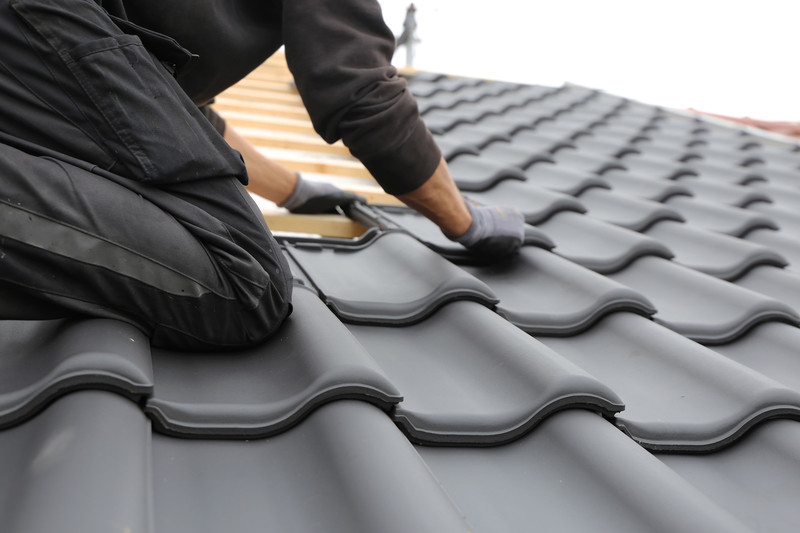Roof access over laid tiling
16/07
Back in 2014, one of the biggest changes to BS 5534: British Standard Code of practice for slating and tiling, was the requirement to fix all single lapped tiles in all circumstances. It became no longer possible to leave some tiles on a roof unfixed, though of course, this depends on the calculated fixing specification. Roof tile fixing schedules can be obtained from the tile manufacturer and are generally available online for instant access.
This has meant that roofers need to find new ways of working if they want to avoid walking on laid tiles. In the past, roofers would leave a few tiles unfixed, then push them up so they can walk up on the roof on the tiling battens. However, this course of action is no longer open to them as all tiles must be fixed by nailing or clipping.
It is important to understand that roof tiles are not designed to withstand foot traffic. They are manufactured to a strength given in the relevant manufacturing Standard (EN 490 for concrete tiles and EN 1304 for clay tiles). The strength that tiles must be when they leave the factory is amply sufficient to enable normal transportation, handling, and installation without damage – but may not be always sufficient to resist the weight of a person.
Shortages shortening cutting time
Interestingly, concrete products continue to gain strength for months, even years, after manufacture. When business is slow, roof tiles may sit in a manufacturers or merchant’s yard for many months before installation, making them extraordinary strong when installed.
This curing time, however, is not always available. When turnaround time is rapid, as in the case currently as we experience material shortages, concrete tiles are given the minimum curing time before leaving the manufacturers yard. This has led to a rise in complaints about tile breakage through foot traffic. More worrying though, could be the number of roofs which have been finished without complaint, where there could be many cracked or broken tiles going unnoticed. It is only later, when the roof starts to leak, or someone spots fragments of tiles sliding down the roof, that the problem is noticed.
Flat interlocking tiles can be vulnerable to damage caused by foot traffic. Not because they are weak or otherwise faulty, but because they are laid cross-bonded and are therefore more susceptible to variations and unevenness in the roof structure than straight-bonded tiles are. Tiles are designed to have an even contact across each tile when laid. But unevenness in the roof structure can cause a point load contact between tiles, making them more at risk of damage under load.
Summary:
- All single lapped tiles must be fixed. Obtain a fixing schedule from the tile manufacturer before work commences.
- For safety reasons and to avoid damages to the tiles, plan work to avoid walking and working directly over laid tiles.
- For roof designs where it is not possible to avoid walking over laid tiles, use properly supported and anchored crawling boards or access ladders, suitably packed with foam or other compressible material to spread the load.
- For roofs where future, regular access is required over the tiling, install purpose-made walkways and steps.

